Have you ever noticed that some of your favorite supermarket products seem to be getting smaller while the prices remain the same, or even increase? This phenomenon, known as "shrinkflation," is more common than you might think. Let's explore twelve everyday items that are quietly shrinking in size at your local grocery store.
Breakfast Cereals

Breakfast cereals are a staple in many households, but recently, some brands have been reducing the size of their boxes. While the price tag remains unchanged, the contents have been shaved by a few ounces. This means you might be getting fewer bowls out of each box, which can add up over time. One reason cited for this change is the rising cost of ingredients, which pushes manufacturers to make adjustments to packaging rather than raise prices outright.For instance, some popular cereal brands have adjusted their packaging from 18 ounces to 16 ounces without altering the price, leaving consumers to adjust their shopping habits. To stay informed on how these changes impact your grocery bill, you might want to check out this detailed study on consumer behavior.
Candy Bars
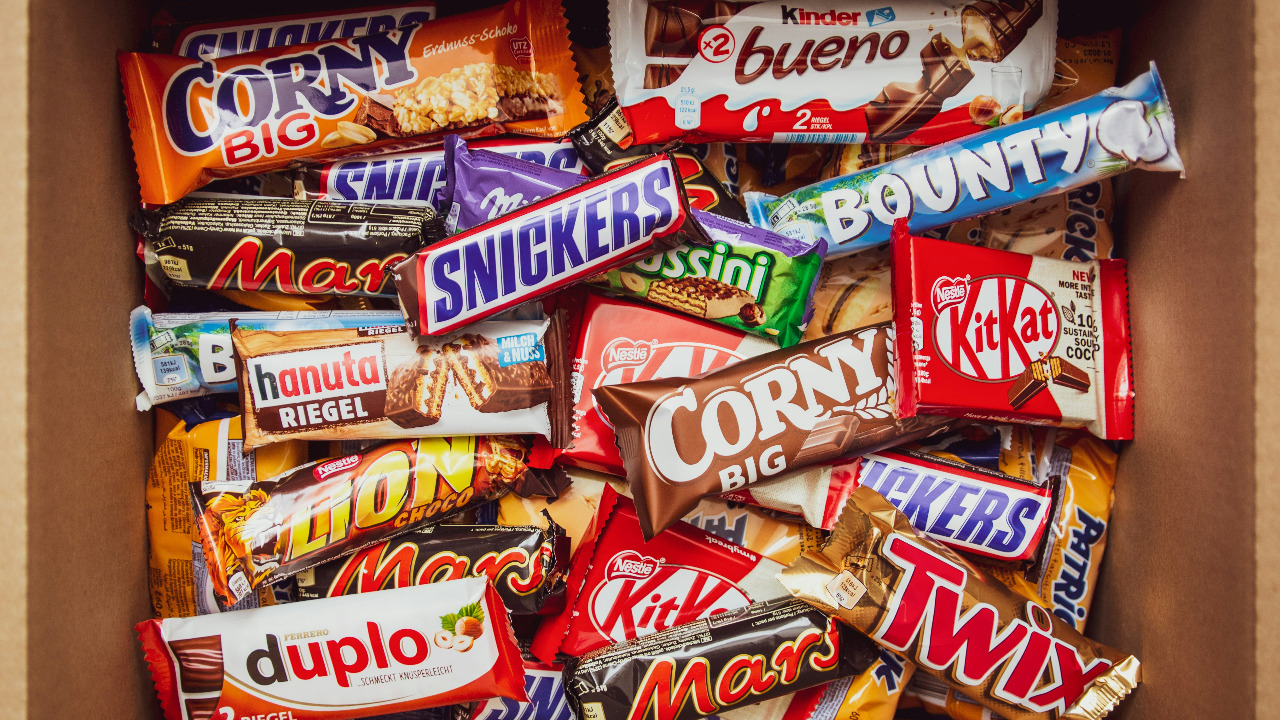
Candy bars have long been a go-to treat for a quick sugar fix, but they too have fallen victim to shrinkflation. Brands are subtly reducing the size of their bars, sometimes by as much as 10%, while maintaining the same price point. This tactic allows them to manage rising production costs without alienating price-sensitive customers.For example, a popular chocolate bar might be reduced from 2.0 ounces to 1.8 ounces, which seems minor but can be significant when buying in bulk. If you're curious about how this affects product affordability, take a look at this informative article on the subject.
Ice Cream Containers

Your favorite ice cream might not seem as indulgent when you notice the container has shrunk. Many brands have decreased their pints from 16 ounces to 14 or even 12 ounces. As with other products, this change is often not accompanied by a drop in price, meaning you get less dessert for your dollar.To compensate for these smaller sizes, some consumers are opting to purchase larger family-sized tubs, although these too may be subject to shrinkflation. For more insights on consumer trends, consider exploring this consumer survey.
Toilet Paper Rolls
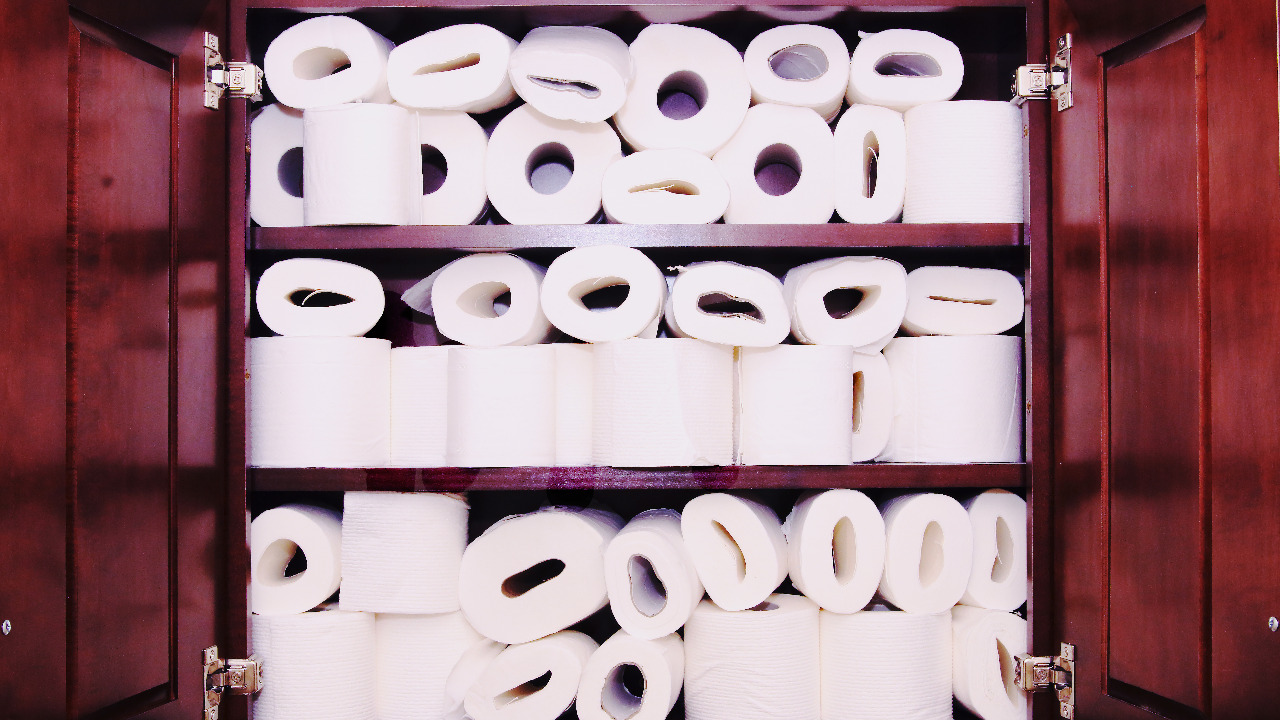
Toilet paper is another essential item that has seen a reduction in size. While the number of sheets per roll may remain the same, the sheets are often narrower and shorter, leading to fewer uses per roll. This subtle decrease is not always obvious unless you compare older and newer packages side by side.Manufacturers argue that this adjustment is necessary to keep costs under control amid rising raw material prices. If you're interested in learning more about such price versus quantity dynamics, this study might be worth a read.
Packaged Snacks

Packaged snacks like chips and crackers are also shrinking. Brands have opted to reduce the weight of individual packages, sometimes by half an ounce, which can significantly affect how much you get per serving. This change often goes unnoticed by consumers, especially when the packaging remains the same size.As a result, snack lovers might find themselves purchasing more frequently to satisfy their cravings, inadvertently increasing their grocery bills. For an overview of how these changes impact consumer perception, you can check out this news report.
Coffee Bags
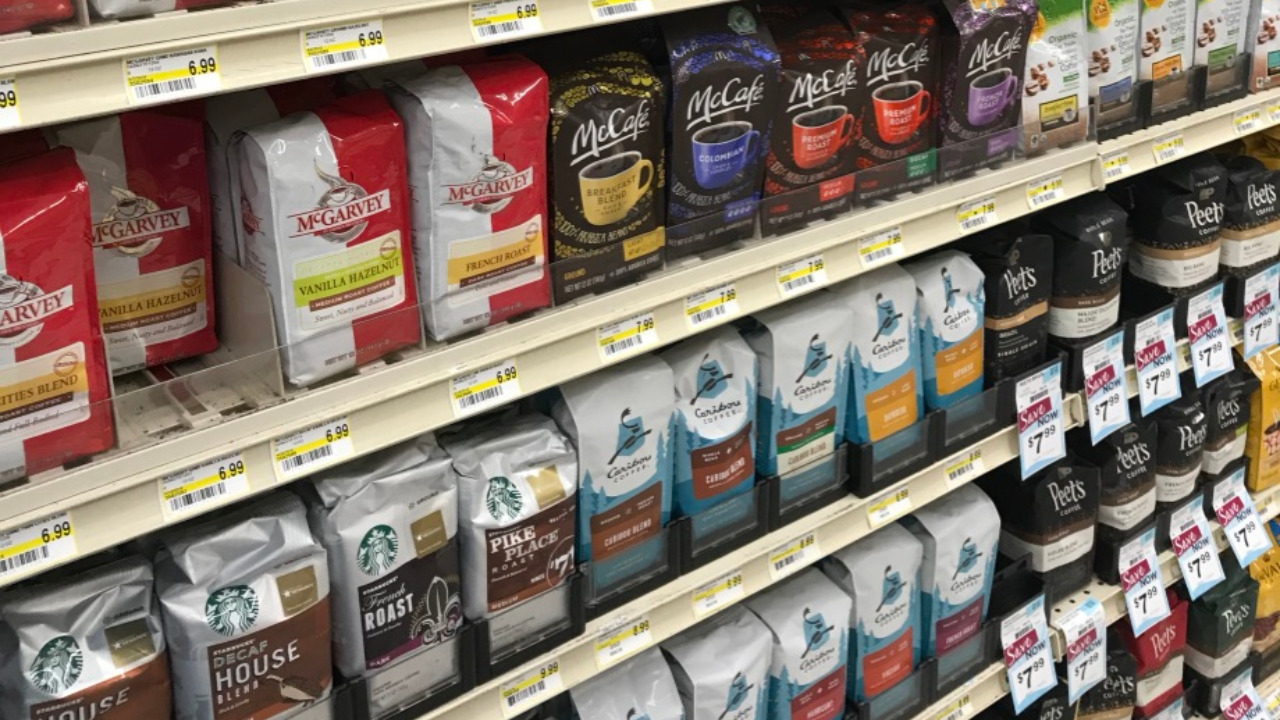
Coffee enthusiasts may have noticed a change in their morning brew routine. Coffee bags that once held a full pound (16 ounces) are now often reduced to 12 ounces, yet the price remains largely unchanged. This subtle reduction can add up quickly, especially for daily coffee drinkers.The cost of coffee beans and production has been on the rise, leading manufacturers to make these adjustments to avoid price hikes that might turn consumers away. Being aware of these changes can help you make informed decisions when purchasing your next bag of coffee.
Yogurt Cups
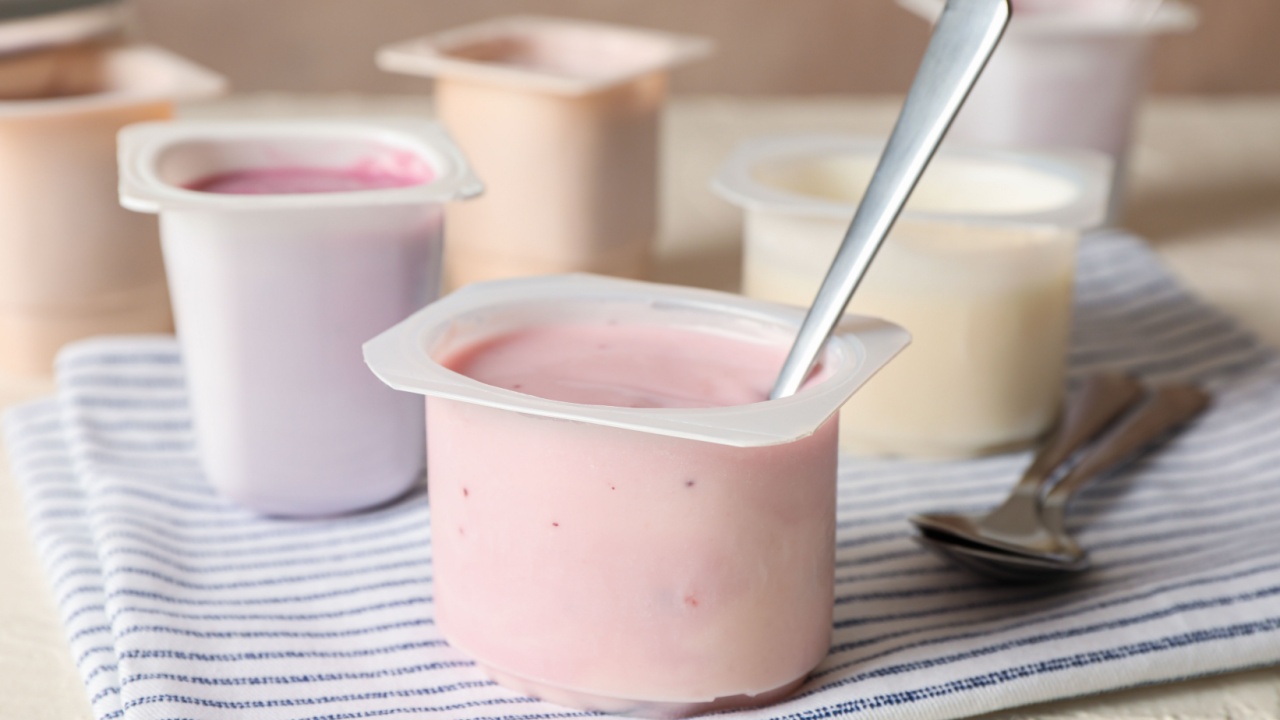
Yogurt cups have seen a slight decrease in size over recent years. While it might not seem like a big deal at first, those missing ounces can make a difference in your daily consumption. Many brands have reduced their standard cup sizes from 6 ounces to 5.3 ounces, which adds up over time.This practice is often justified by the rising cost of dairy production and transportation. If you consume yogurt regularly, consider checking the labels and comparing prices to get the best value for your money.
Peanut Butter Jars
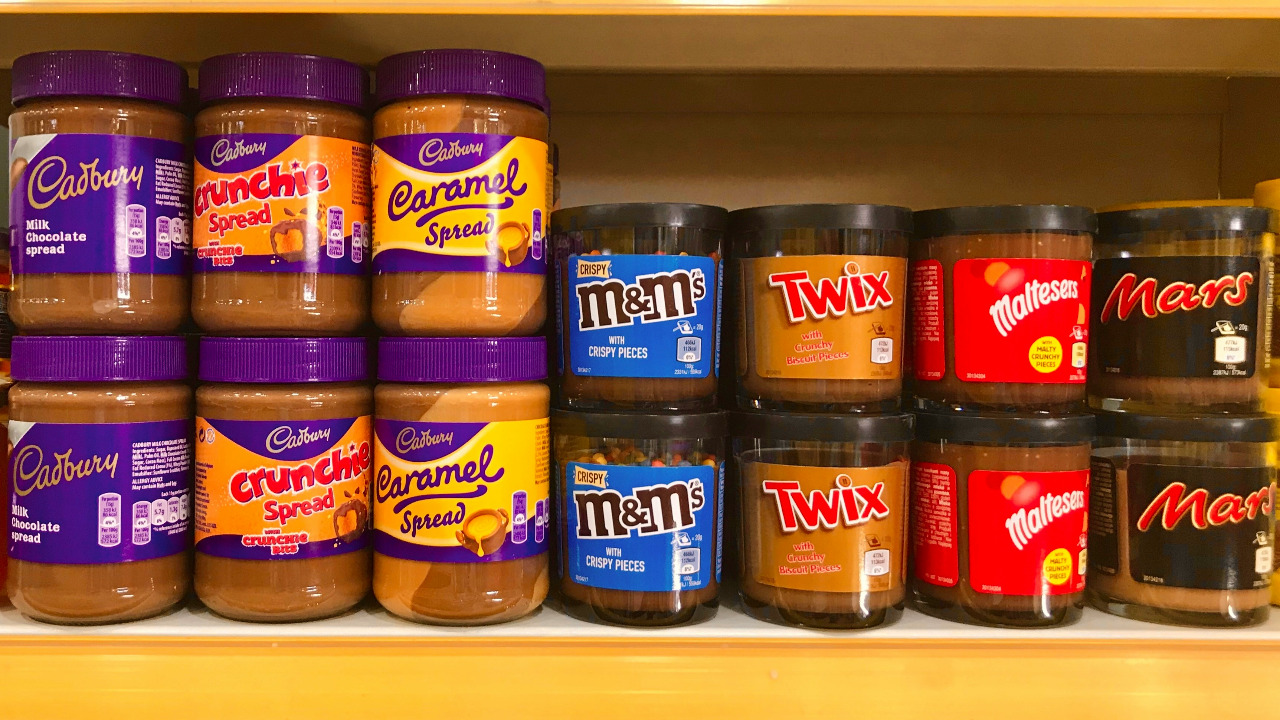
Peanut butter is a pantry staple for many households, but even this beloved spread has not been immune to shrinkflation. Some brands have reduced their jar sizes from 18 ounces to 16 ounces, maintaining the same price and packaging design.This reduction often goes unnoticed by consumers until they find themselves needing to restock more frequently. Keep an eye on the net weight listed on packaging to ensure you're getting the amount you expect for your money.
Laundry Detergent Bottles
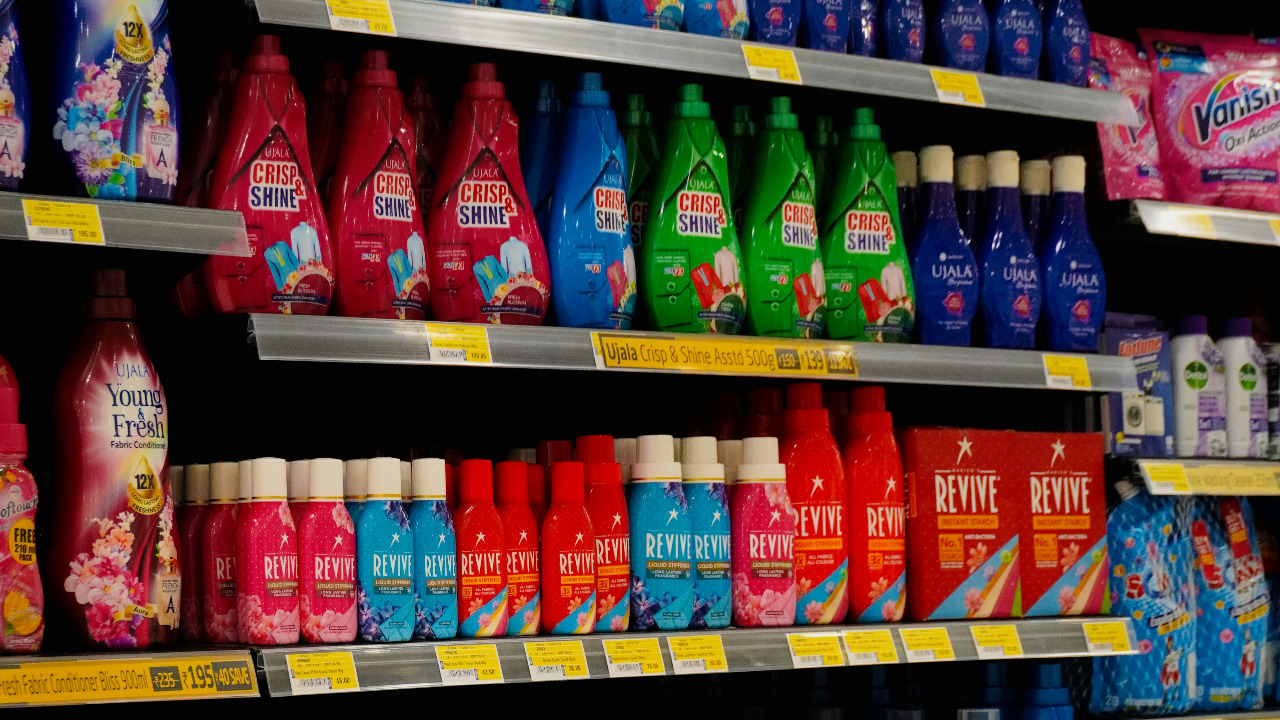
Laundry detergents are another area where shrinkflation is quietly taking place. Manufacturers have reduced the volume of liquid detergents, while often using more concentrated formulas to compensate. This means fewer loads per bottle, although the price remains unchanged.While concentrated formulas can be effective, it's essential to read usage instructions carefully to avoid using too much or too little product. Monitoring the number of loads per bottle can help you understand the real cost of your detergent over time.
Canned Soups
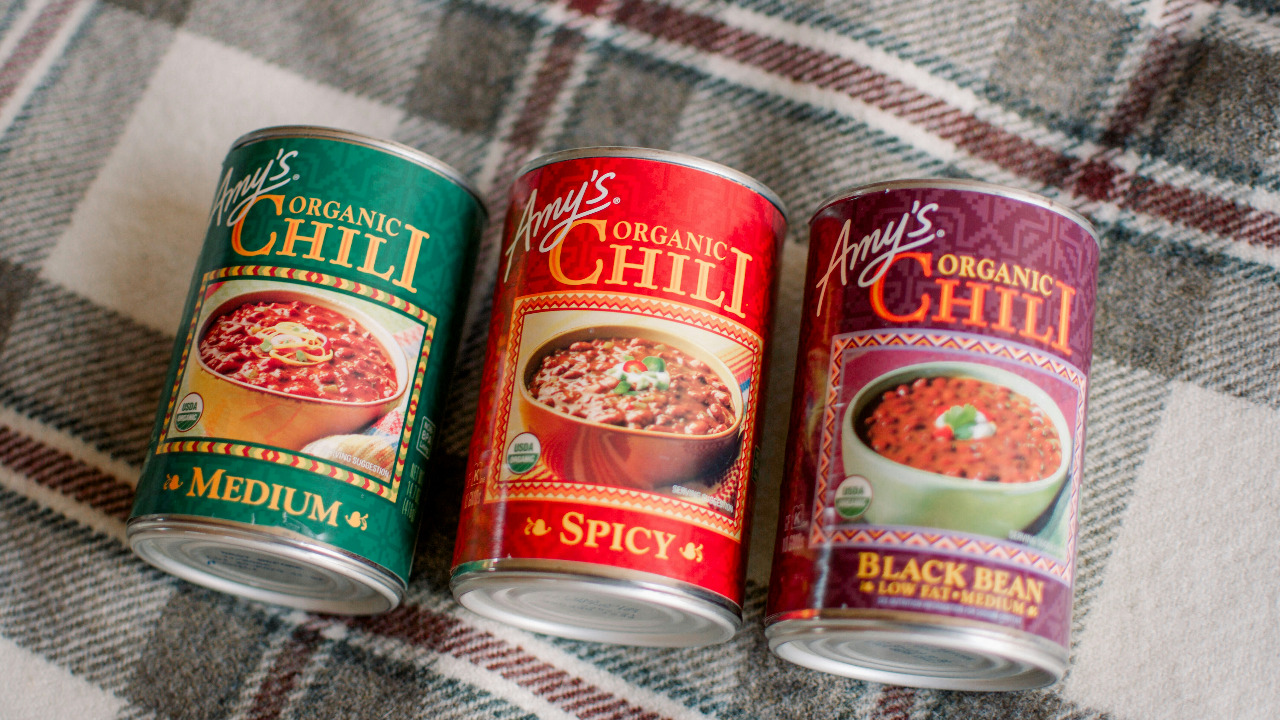
Canned soups are a quick and convenient meal option, but many varieties have seen a reduction in their can sizes. Cans that once held 18 ounces of soup may now contain only 15 or 16 ounces. This change may not be immediately noticeable unless you're familiar with the previous sizes.With this reduction, meal planning might require purchasing additional cans to meet the same serving size as before. Being aware of these size shifts can help you better plan your grocery budget and meal portions.
Pasta Boxes
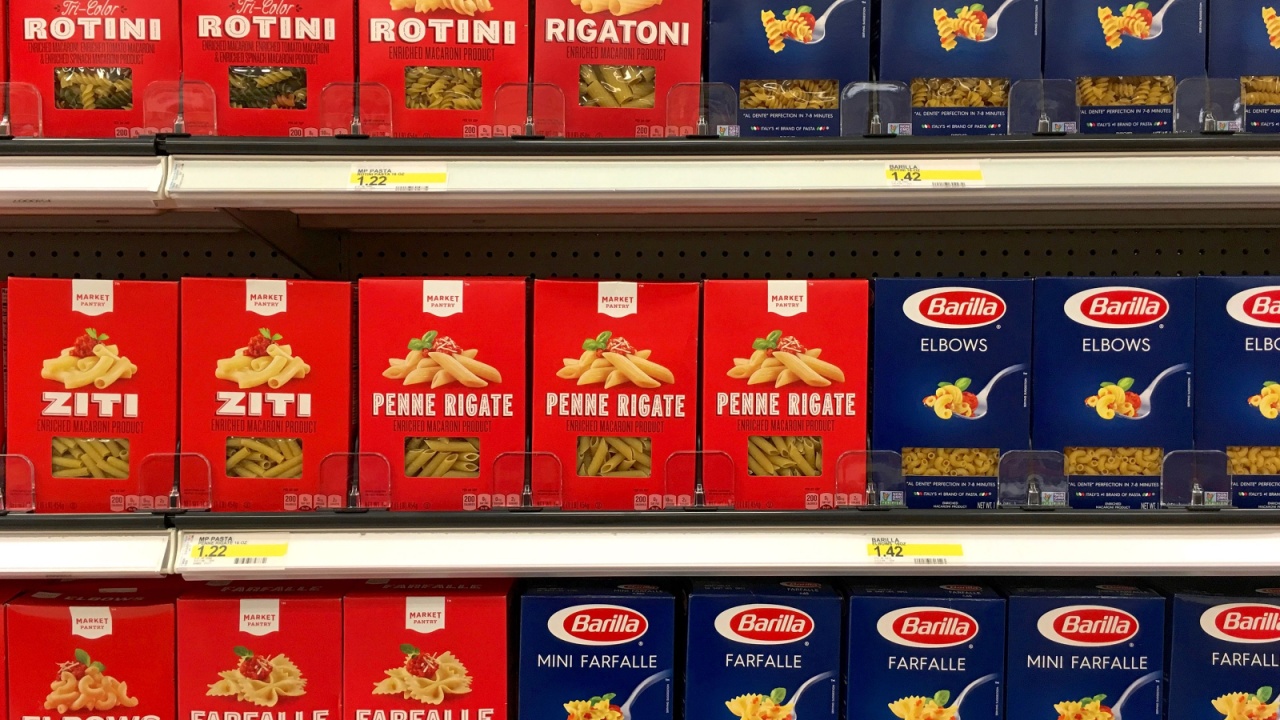
Pasta boxes have also been trimmed down in recent years. While the packaging remains the same, the actual amount of pasta inside has been reduced, sometimes from a full pound to 12 or 13 ounces. This reduction may not be apparent until you start cooking and notice the portions are smaller.The cost of wheat and other ingredients has driven these changes, with manufacturers opting to adjust sizes rather than raise prices directly. Checking the net weight on pasta boxes can help you ensure you're getting the best value for your purchase.
Loaves of Bread

Even loaves of bread have not escaped the effects of shrinkflation. In some cases, we've seen a reduction in the number of slices per loaf or the size of each slice. This can affect everything from sandwich-making to toast portions.Bakers cite increased production costs as the reason for these changes, and many consumers are left to decide between buying more bread or adjusting their consumption. Paying attention to the weight and slice count of bread can help you make informed choices at the store.


Comments
No Comments